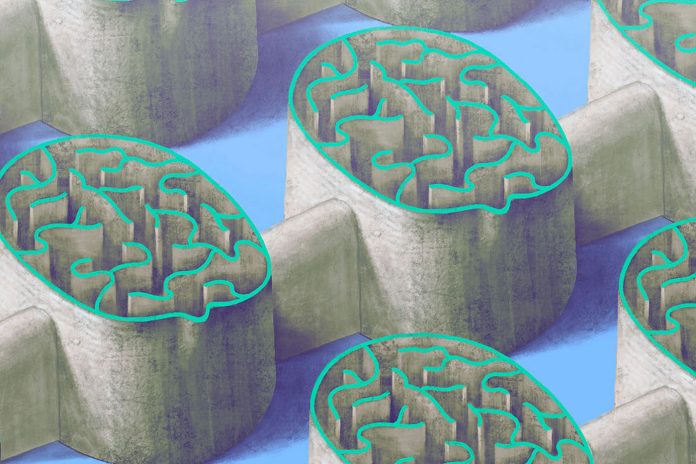Amid the move toward cannabis legalization in the United States is a major shift in access and use. Approximately three-quarters of Americans now live in states where medical cannabis is legal (including CBD-focused programs like the one in Texas), and nearly half live in states where anyone over the age of twenty-one can access legal cannabis. Around 50 million Americans currently consume cannabis in some manner.
Yet, few healthcare professionals are informed about modern products or how consumers can use them responsibly and effectively for their health. The onus is on the medical community to match consumer use with education and research.
With such a large percentage of the population using cannabis, primary care providers and other clinicians have a pragmatic duty to reduce harm. Healthcare professionals should pursue cannabinoid research and work with patients directly to provide a level of educated support that matches the medical establishment’s knowledge of other widely consumed substances such as caffeine, ibuprofen, and vitamin supplements.
Furthermore, clinicians should understand how other drugs might interact with cannabis and how to mitigate any potential adverse effects. They should be able to discuss which therapeutic routes and formulations—such as ingestible vs. topical—are most appropriate for the patient and the condition, what dosage to recommend, and what to look for when comparing the efficacy of different products. Clinicians also should have an understanding of their state’s medical cannabis program, where applicable. For too long, patients have been reluctant to discuss cannabis with their healthcare providers and instead are forced to search online for answers or rely on potentially dangerous advice casually, if benevolently, offered in dispensaries.
Even with the massive shift in social acceptance and the opening of legal markets, lingering stigma still surrounds the plant. The cultural baggage from the war on drugs weighs heavy, and older generations still see cannabis as a drug of abuse. Evidence of this stigma can be found in the results of 2022 midterm referendums to legalize cannabis in Arkansas, North Dakota, and South Dakota, where voters rejected legalization.
From a clinician’s perspective, there are questions of supporting research and a lack of double-blind, placebo-controlled clinical trials. Clinicians also are simply uneducated, because the endocannabinoid system and cannabinoid-based medicines are not addressed in most mainstream medical-school programs. In addition, most possess no practicing knowledge or experience to inform recommendations, dosages, and frequency.
A data bias also exists because of a lack of funding to study cannabis properly, primarily due to its restricted federal Schedule I status. Prior to the 1990s, there was not a lot of medical literature about the plant. In the ’90s, California’s trailblazing medical cannabis legalization, coupled with the discovery of the human endocannabinoid system, began to generate more interest as scientists realized the potential benefits for a broad range of conditions. Thankfully, the government finally is catching up to this realization, and President Biden recently signed a breakthrough research bill that will ease access to cannabis for study and enable research into potential cannabis-derived medications.
While the passage of the bill is great news for patient advocates, evidence that cannabis medicines are safe and effective already exists. According to a comprehensive research review by the National Academies of Sciences, Engineering, and Medicine, the medical literature suggests cannabis and cannabinoid medicines can provide relief for nausea and chronic pain in adults and have proved effective in mitigating some symptoms of multiple sclerosis. The review also suggests several other ailments for which cannabis may provide modest improvement of symptoms.
With increased acceptance and education, clinicians can look for novel and therapeutic options when patients are not responding to traditional care. And with its extremely high safety profile compared to narcotics and over-the-counter pain medications, cannabis might be considered prior to prescribing addictive opioids or other drugs with debilitating side effects for conditions such as chronic pain.
A standard system of cannabis education is necessary now. With guidelines established by a national healthcare association or medical board, clinicians could receive the guidance necessary to discuss and prescribe cannabis properly. It is time for healthcare professionals to step up and demand the standards of care for patients include cannabis as an option. Meanwhile, medical schools and hospitals across the country must adopt standards for clinical competencies that are similar to other areas of expertise.
We have reached a point where it is unethical for clinicians and medical-education professionals to reject the evidence in the literature. No clinician wants to deny a patient a safe pathway to relief.













